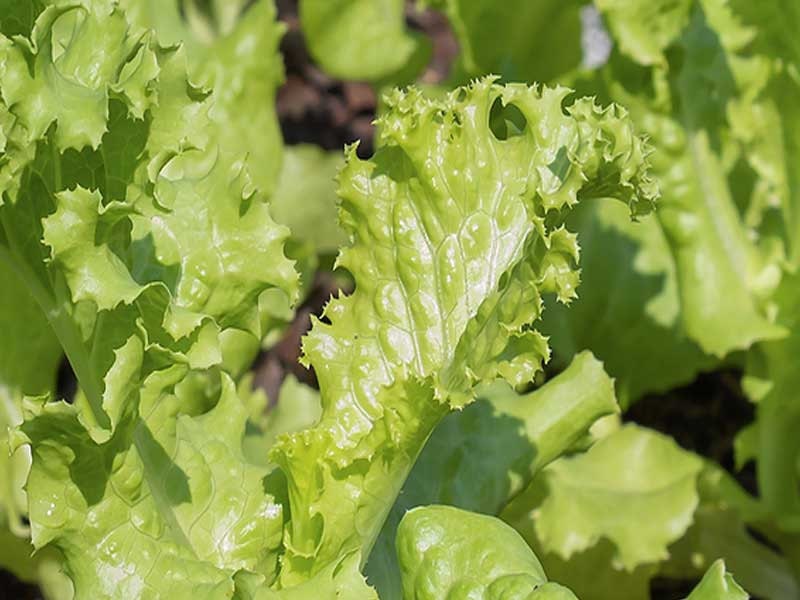Grand Rapids Lettuce:
Introduction: Grand Rapids Lettuce is a popular variety known for its tender, crinkled leaves and delicate flavor. It is a fast-growing lettuce that is ideal for early spring and fall plantings. To start growing Grand Rapids Lettuce, obtain high-quality seeds from reputable sources like www.ezyseeds.com.
Step-by-step instructions: Grand Rapids Lettuce:
1. Select high-quality Grand Rapids Lettuce seeds from reputable sources like www.ezyseeds.com.
2. Sow the seeds directly in the ground or containers, planting them ¼ inch (0.6 cm) deep and spacing them 6-8 inches (15-20 cm) apart.
3. Choose a location with well-drained soil and ample sunlight. Grand Rapids Lettuce can tolerate some shade, particularly in warmer climates.
4. Keep the soil consistently moist by providing regular irrigation. Aim to water the plants thoroughly, ensuring the soil is evenly moist but not waterlogged.
5. Provide a temperature range of 45-75°F (7-24°C) for optimal germination and growth. Grand Rapids Lettuce prefers cooler temperatures and may bolt or develop a bitter taste in hot weather.
6. Thin out the seedlings when they are 2-3 inches (5-7.6 cm) tall, leaving 6-10 inches (15-25 cm) of space between each plant.
7. Harvest the outer leaves when they reach a usable size, typically around 30-40 days after sowing. Alternatively, you can wait for the lettuce to reach full maturity and harvest the entire head.
8. To harvest, cut the outer leaves at the base of the plant, allowing the inner leaves to continue growing.
9. Monitor the plants for common lettuce pests, such as aphids or slugs. Implement organic pest control methods if necessary.
10. Mulch around the plants to help conserve moisture, suppress weed growth, and maintain a more even soil temperature.
11. Fertilize the plants with a balanced fertilizer according to the package instructions. Apply the fertilizer sparingly to avoid excessive leaf growth and potential bitterness.
12. Grand Rapids Lettuce grows well in USDA Hardiness Zones 3-11. To determine the specific USDA Plant Hardiness Zone for your location, refer to the USDA Plant Hardiness Zone Map available at [USDA Plant Hardiness Zone Map](https://planthardiness.ars.usda.gov/PHZMWeb/).
By following these step-by-step instructions, you can successfully grow Grand Rapids Lettuce and enjoy its tender and flavorful leaves in your salads and other culinary creations.
